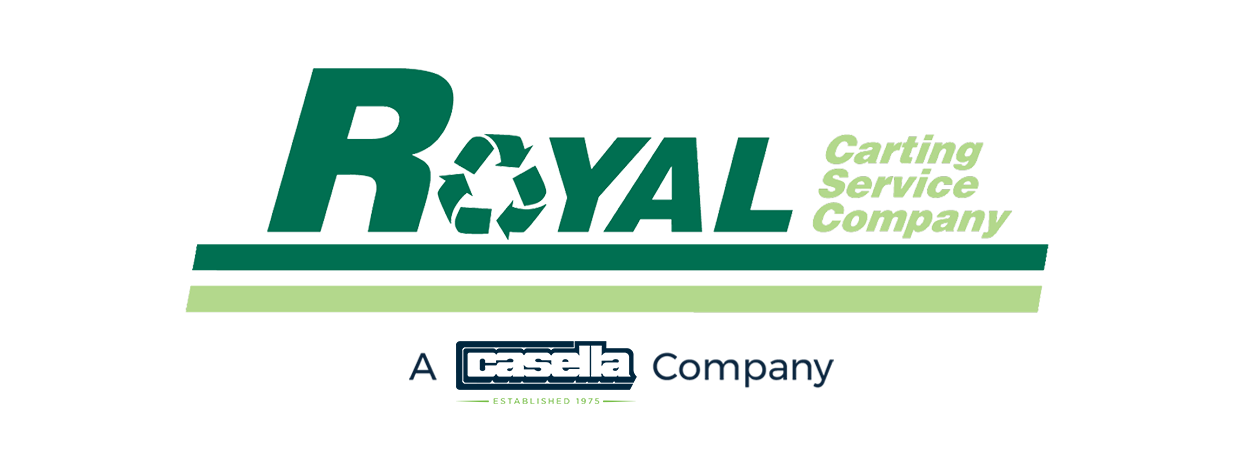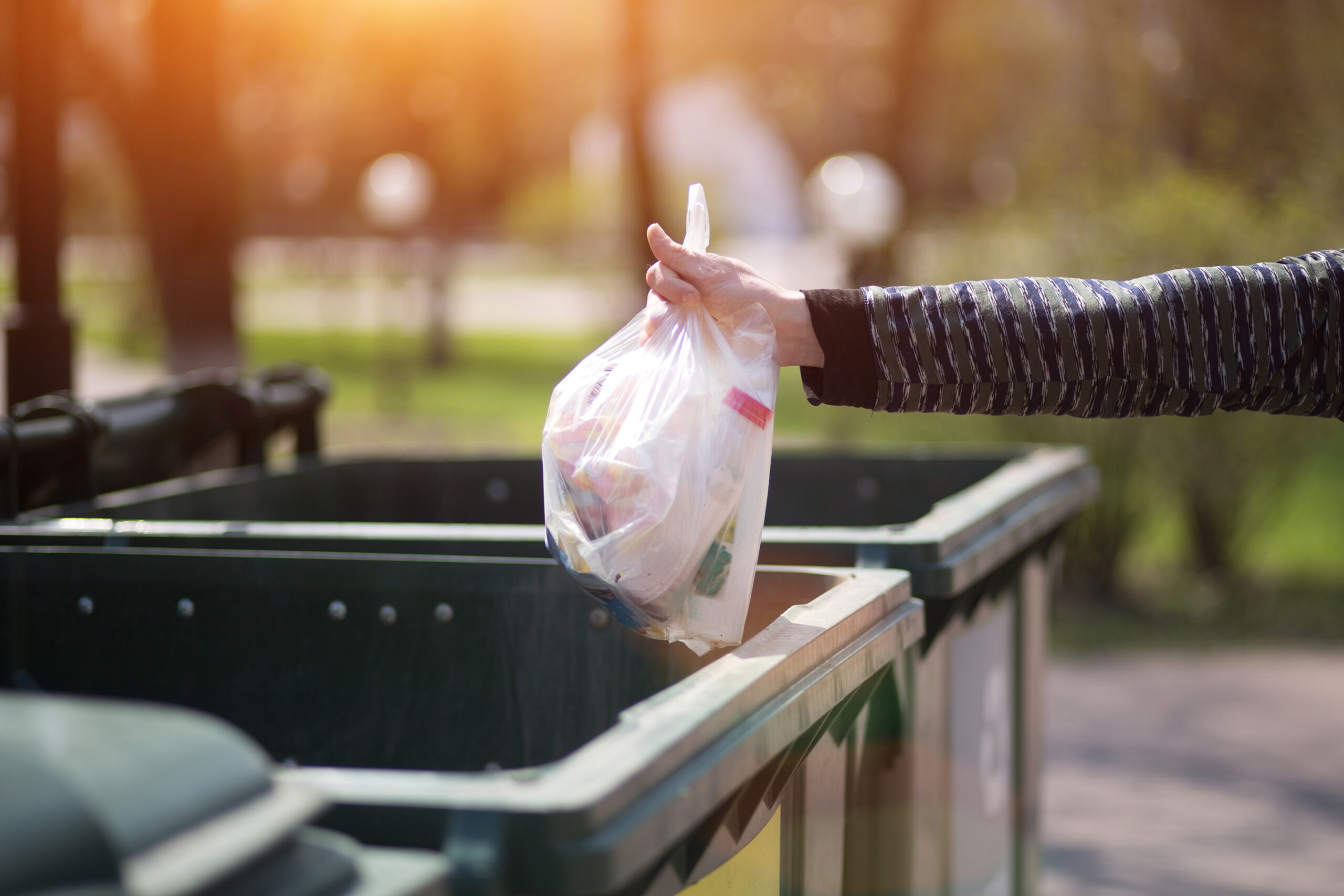Fiber

Fiber grades, consisting primarily of cardboard and paper make up approximately 60% of the overall residential recycling stream. Corrugated Cardboard (“OCC”) values for both export and domestic have remained stable into early 2025.

Domestic demand for recycled mixed paper is driven by production cycles and capacity at paper mills located in the United States. We sell a portion of the mixed paper that we process through our recycling facilities to the companies that operate these mills. Domestic mills have recently lowered the price point at which they are willing to purchase mixed paper from Casella and other recycling companies due to lower production and capacity demand. The lower demand is partly attributable to fewer new paper mills coming online in 2024 compared to what was originally anticipated in the market. The export market for mixed paper remains stable, but shipping transportation costs remain high, which has resulted in lower values of the product.

High grade values have been mostly stable in early 2025 with a recent slight uptick in demand. High grades consist of Printer’s Waste, Sorted Office Paper and the White Ledger paper grades.
Plastic, Metal, & Glass

Polyethylene Terephthalate (PET) price improved in January 2025 and has been stable since. The increase is typical due to seasonally low generation months. Typically, recycled PET supply increases in the spring with higher generation and often results in the value to weaken.
High Density Polyethylene (HDPE) pricing has increased over the last few months due to demand outweighing generation. This increase is also attributed to seasonal low generation months.

Used Beverage Container (UBC) aluminum pricing has improved in early 2025 due to low generation vs. the demand to start making new cans for the upcoming spring and summer months. Tariffs could affect pricing this year.


